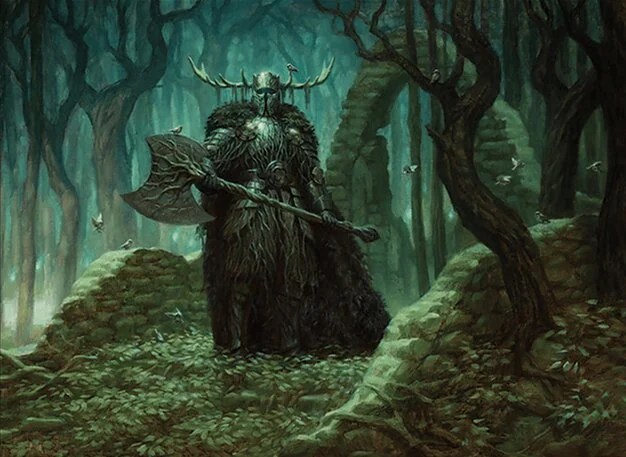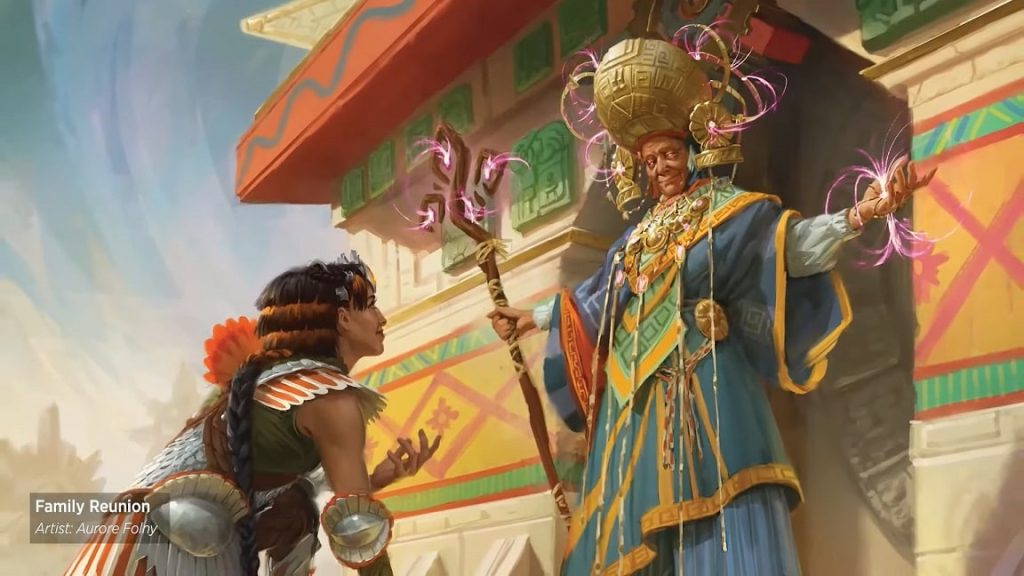
Building a strong sideboard is essential for success in the Standard format of Magic: The Gathering, as it allows players to adapt to specific matchups and counter the strategies of their opponents. A well-crafted sideboard contains versatile and efficient cards that address the format’s most prominent threats and archetypes, ensuring your deck remains competitive across a variety of situations.
Continue reading




